Photography courtesy of Lowell Washburn, all rights reserved.
For many Iowans, late season snowfalls and frigid winds make it seem as if winter will never end. But in reality, the impending change of season could be just around the corner. Temperatures will eventually rise and ponds and marshes will become ice free. When that happens, the Iowa landscape will suddenly erupt in spring song. Northbound geese, killdeer, and red-winged blackbirds will be among the first to proclaim spring’s arrival. But not all spring songsters will have wings and feathers. And although they may be less obvious and are certainly more difficult to spot, each of Iowa’s 16 species of frogs and toads will add their own unique melodies to the annual symphony.
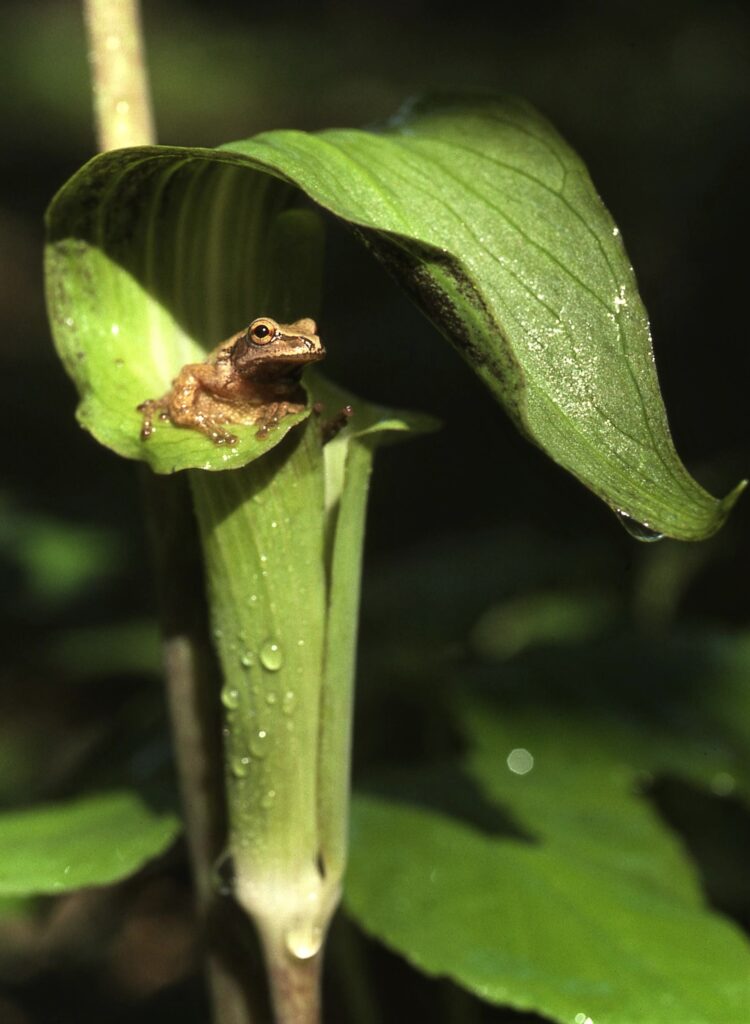
Iowa amphibians – our frogs, toads, and salamanders — are interesting, diverse, and highly beneficial forms of wildlife. All species lead amazing, double lives. Shortly after emerging from hibernation, males gather at spring wetlands where they begin calling to attract mates. In the case of early season chorus frogs and spring peepers, the sounds emanating from communal gathering spots can become downright deafening. As the season progresses, the open-air opera is joined by other voices, including the unique trilling of American toads. As far as the toad is concerned, singing is meant to be a group activity. One crooner quickly inspires another, and then another and another. The voice of each toad has a slightly different pitch, and the night air soon blossoms with a level of harmonic perfection that is enough to make the best barber shop quartet turn green with envy.
The sounds are hard to ignore, and the females soon arrive. Eggs are laid in water where they quickly hatch into wriggling tadpoles. During the warm weather growing season, the tadpole’s tail shrinks away as legs appear and grow. Once metamorphosis is complete, the now tailless air breathing adults leave the water to begin life on land.

Unfortunately, amphibians are listed among the planet’s most vulnerable forms of wildlife. Beginning life in the water, eggs and young are extremely susceptible to chemical runoff and other forms of pollution. As adults, amphibians may continue to absorb toxins through their highly sensitive skins. Some species have endured large scale die offs from infectious disease. Like all wildlife, amphibian populations have suffered worldwide from the negative impact of large-scale destruction of native habitats.
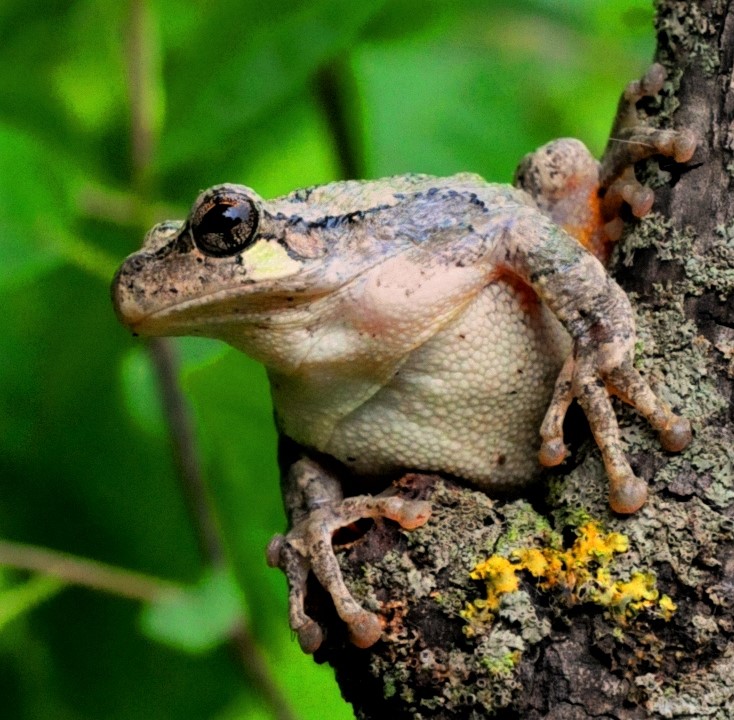
During recent decades, global amphibian populations have shown a dramatic and alarming decline. According to data gathered by the Key Biodiversity Partnership, the Amphibian Red List Authority, and others, nearly half of the world’s 8,000 amphibian species are currently threatened or are in danger of extinction. Some species are in freefall. Some have already vanished. Although too late for some species, networks are now being established to monitor, and hopefully reverse, this alarming trend.
In Iowa, extensive, boots-on-the-ground monitoring is already underway by means of the DNR’s annual Frog & Toad Call Survey. According to wildlife diversity biologist and survey coordinator, Stephanie Shepherd, the first surveys began in 1991 when a cadre of volunteer community scientists trooped out into the night to visit wetlands across the state. Since those first efforts, volunteers have collected data on more than 2,200 Iowa wetlands.
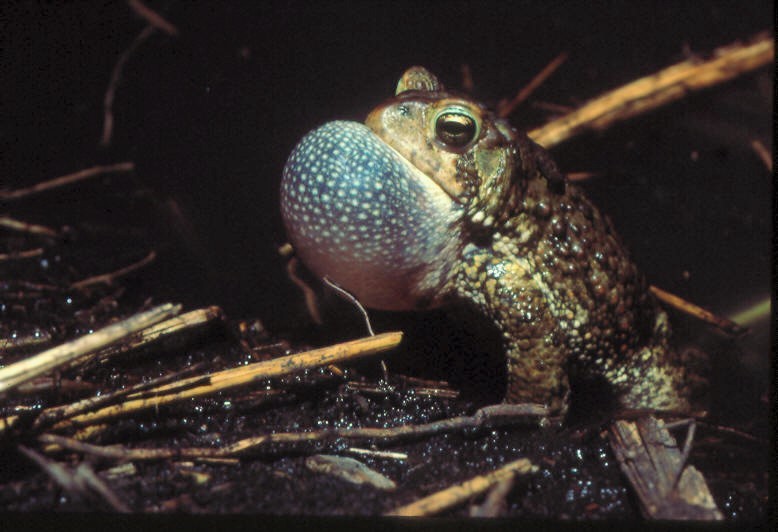
“It is very rare to have such a broad set of data collected over so many years on ONE species, much less on a whole group of vulnerable species,” says Shepherd. “But there are still survey routes that we need to fill, and we’re hoping to enlist additional volunteers through our Frog & Toad Call Survey workshops that will be held during March and April.”
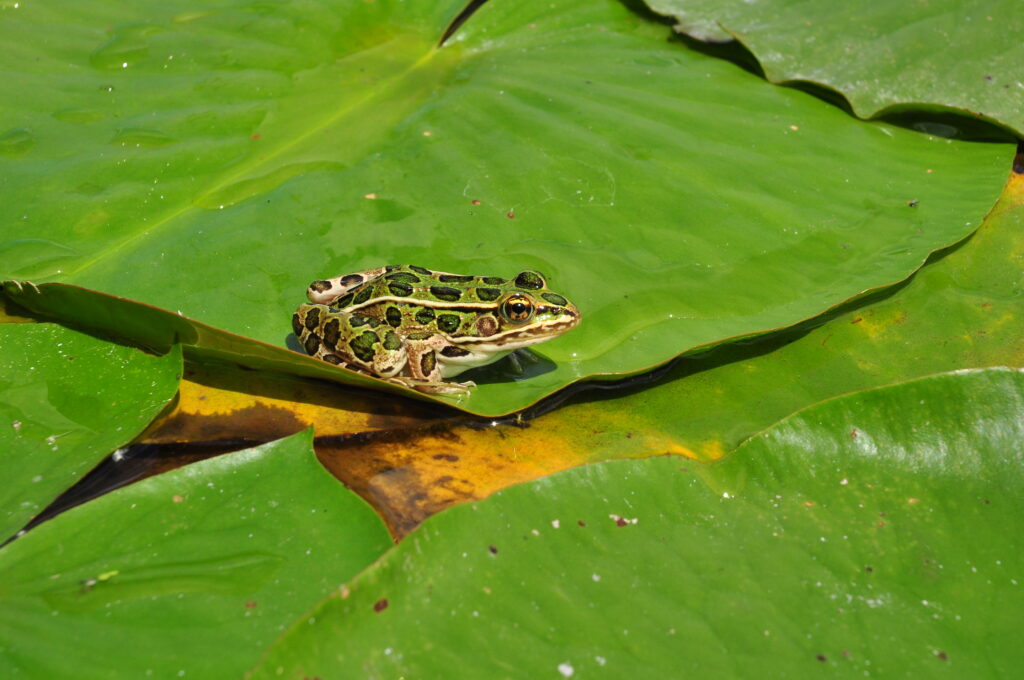
“Each species of frog or toad has a distinctive call that it uses to attract mates,” said Shepherd. “What we are looking for are people with an adventurous spirit who are willing to learn up to 16 different breeding calls. The time commitment is a total of 10 hours from April through July, and each volunteer is required to be out in the dark during two hours of each survey period.”
Interested volunteers should begin by visiting https:/www.iowadnr.gov/vwmp. Before taking to the state’s backwaters, ponds and marshlands, prospective surveyors must first attend one of four scheduled in person or online workshops. In person survey training is scheduled for April 4th at Clayton County’s Osborne Nature Center and April 11th at Buena Vista County’s Gabrielson Park. Virtual on Zoom [live] is scheduled for March 12th at 1:00 pm and March 20th at 6:30 pm. Questions may be directed to Stephanie Shepherd at vwmp@dnr.iowa.gov
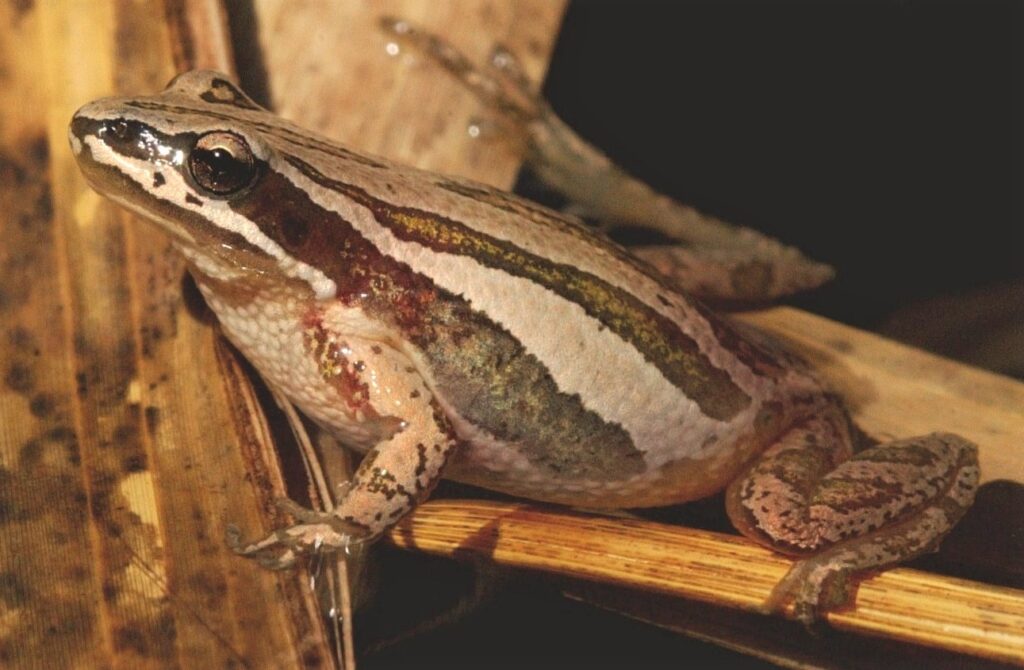

 Tom Cope
Tom Cope Sue Wilkinson
Sue Wilkinson Susan Judkins Josten
Susan Judkins Josten Rudi Roeslein
Rudi Roeslein Elyssa McFarland
Elyssa McFarland Mark Langgin
Mark Langgin Adam Janke
Adam Janke Joe Henry
Joe Henry Kristin Ashenbrenner
Kristin Ashenbrenner Joe Wilkinson
Joe Wilkinson Dr. Tammy Mildenstein
Dr. Tammy Mildenstein Sean McMahon
Sean McMahon